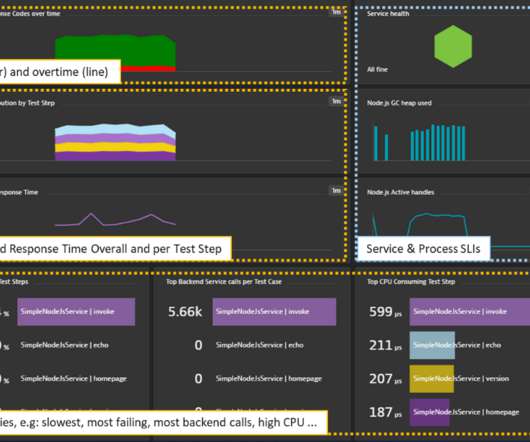Site reliability done right: 5 SRE best practices that deliver on business objectives
Dynatrace
MAY 31, 2023
Keeping pace with modern digital transformation requires ensuring that applications are responsive, resilient, and always available amid increased complexity. There are now many more applications, tools, and infrastructure variables that impact an application’s performance and availability. availability.











Let's personalize your content